Experiencing ups and downs due to the influence of tectonic and "sea advances and retreats", the land named "Tra Vang" - the predecessor of Tra Vinh province was formed long ago. At that time, Tra Vinh was still a very wild land, forest trees covered the mounds, swamps and rivers were crisscrossed, the population was sparse.
Faced with that objective reality, at the end of the 17th century, the Nguyen Lords proactively organized the migration of Vietnamese people to the Southern region, implemented policies to recruit migrants and sent troops to the South to reclaim land. Along with the Vietnamese and Khmer people, the Chinese people were also given the opportunity by the Nguyen Lords to jointly reclaim and settle in this Southern region, including the Tra Vinh region.
Thus, the land of Tra Vinh, the offspring of the East Sea and the Mekong River, a land containing a diverse ecosystem with many different economic potentials, in the 17th century had an owner who was a multi-ethnic community (Vietnamese, Khmer, Chinese...). The formation of a multi-ethnic community on this land is one of the historical events of extremely great significance for the formation and development of Tra Vinh province later.
The formation and development of Tra Vinh province can be divided into the following two stages:
Phase 1: from 1732 to 1900.
The land and name "Tra Vang", the predecessor of Tra Vinh province, existed before Lord Nguyen established Chau Dinh Vien and built Dinh Long Ho in 1732. Thus, at that time, Tra Vinh land belonged to Chau Dinh Vien.
In 1802, after ascending the throne, King Gia Long immediately began to rearrange and redefine the boundaries of administrative units nationwide. From then on, Gia Dinh Prefecture was renamed Gia Dinh Town. Gia Dinh Town's territory was divided into 4 dinh and 1 sub-town, the land of Tra Vinh at this time belonged to Vinh Tran Palace.
In 1803, King Gia Long ordered the mapping of the palaces belonging to Gia Dinh Town and changed Vinh Tran Palace to Hoang Tran Palace. Tra Vinh land at this time belonged to Hoang Tran Palace.
In 1808, Gia Long changed Gia Dinh Town to Gia Dinh Citadel, Vinh Tran Palace was changed to Vinh Thanh Town. At that time, Tra Vinh land belonged to Vinh Thanh Town.
In 1825, Tra Vinh land was established by King Minh Mang as Lac Hoa Palace under Gia Dinh Citadel, including two districts Tra Vinh and Tuan My.
By 1832, Vinh Thanh Town was renamed Vinh Long Town. Later, King Minh Mang changed the towns into provinces. The Southern region was divided into six provinces, called "Nam Ky Luc Tinh" including: Bien Hoa, Gia Dinh, Dinh Tuong, Vinh Long, An Giang, Ha Tien. At this time, Tra Vinh was a district of Lac Hoa Prefecture, Vinh Long province.
In 1876, the Governor of Cochinchina issued a decree dividing the entire Cochinchina into four major administrative regions. Based on that division, the large administrative region of Vinh Long included four sub-regions: Vinh Long, Tra Vinh, Ben Tre, and Sa Dec. Tra Vinh sub-region was the predecessor of Tra Vinh province later.
On December 20, 1899, Governor-General of Indochina Doumer signed a decree to change the name of the sub-region to a province. From here, the old six provinces of Cochinchina were divided into 10 new provinces, the old Vinh Long province was separated into 3 new provinces: Vinh Long, Ben Tre, Tra Vinh. This decree was officially implemented from January 1, 1900. From here, the name Tra Vinh province was officially used on French documents as Province de Tra Vinh.
Phase 2: from 1900 to 1992.
From January 1, 1900, the name Tra Vinh province was officially used until May 1951. Under the direction of the Central Bureau, the Southern Administrative Resistance Committee issued Decree No. 174/NB-51 dated June 27, 1951 on merging 20 Southern provinces into 11 provinces. Accordingly, Vinh Long province and Tra Vinh province were merged into 1 Vinh Tra province.
From 1954 to 1960, the US - Diem redivided the administrative boundaries of the southern provinces. In Tra Vinh province, Cau Ke and Tieu Can districts were separated, merged with Tra On and Tam Binh districts of Vinh Long to form a new province, Tam Can province (according to Decree No. 16-NV dated February 9, 1956) and a part of Cau Ngang district was separated to form a new district, Long Toan district (according to Decree No. 143-NV dated October 22, 1956). In early 1957, Ngo Dinh Diem changed the name of Tra Vinh province to Vinh Binh province. Tam Can province was established for nearly a year and then dissolved, three districts of Tam Can province and Vung Liem district (of Vinh Long province) were merged into Vinh Binh province (according to Decree No. 3-ND/HC/ND dated January 3, 1957).
Implementing Resolution No. 245-NQ/TW dated September 20, 1975 of the Politburo on the abolition of the province-merging zones and Resolution No. 19/NQ dated December 20, 1975 of the Politburo on the adjustment of the merger of a number of provinces in Southern Vietnam; in February 1976, the Provisional Revolutionary Government of the Republic of South Vietnam issued a decree on the dissolution of zones and merger of provinces in Southern Vietnam. According to this decree, in the South, there were 21 administrative units directly under the Central Government, Vinh Long province and Tra Vinh province were merged into Cuu Long province.
The 10th session of the 8th National Assembly decided to separate Cuu Long province into 2 provinces Vinh Long and Tra Vinh. On May 5, 1992, Tra Vinh province officially came into operation and has developed until today.
Currently, Tra Vinh province is one of 13 provinces in the Mekong Delta region, located downstream between Tien River and Hau River, bordering the East Sea. Overall, Tra Vinh has the shape of a quadrilateral with a natural land area of 2,288.09 km2 and a population of 1,012,648 people (data from the Department of Statistics of Tra Vinh province in 2011).
The administrative boundaries of Tra Vinh province are divided into 8 units including: Tra Vinh city and 7 districts (Cang Long, Cau Ke, Tieu Can, Tra Cu, Cau Ngang, Duyen Hai, Chau Thanh). Tra Vinh province is the residential area of 3 main ethnic groups: Kinh, Khmer, Hoa and a few other ethnic groups. Of which, Kinh people have the highest proportion in the population structure of the province with 684,119 people, accounting for 67.5% of the province's population. In addition, Tra Vinh province is also the place with the second largest Khmer population in the Mekong Delta as well as the whole country after Soc Trang province. The Khmer people in Tra Vinh have 320,292 people (accounting for 31.63%). Besides, there are also Chinese people and some other ethnic groups such as Cham, Dao... with a total of 8,237 people, accounting for 0.81% of the province's population.
We know that since ancient times, on Tra Vinh land, a tradition of solidarity and close attachment has been formed. That is the result of the increasingly crowded cohabitation process, developing the closeness and solidarity of the Vietnamese, Khmer, and Chinese ethnic relations in land reclamation. But at the same time with the land expansion, there was the formation and gradual growth of class conflicts, along with the changes in Vietnamese society under the Nguyen Dynasty in the 40s and 50s of the 19th century. That was a period when the social situation was very complicated and many consecutive peasant uprisings were suppressed by the royal army, promoting increasingly fierce social conflicts.
However, from the end of the fifth decade of the 19th century, faced with the disaster of foreign invasion and the risk of losing the country, the ethnic people of Tra Vinh temporarily put aside their conflicts with the feudal government to focus on fighting the French. From here, Tra Vinh's history turned a new page, opening the period of resistance against the French colonialists.
As soon as the French colonialists set foot on this land of Tra Vinh, they immediately encountered fierce resistance from the people of Tra Vinh under the flag of Truong Dinh, Thu Khoa Huan, Vo Duy Duong, De Trieu, ... Although those uprisings all failed and caused great losses in human lives and property, like the whole country, many indomitable children of Tra Vinh were not afraid of sacrifice, were not discouraged, but patiently sought other ways of working to fight against the invaders. Patriotic activities against the invading French colonialists and their henchmen in Tra Vinh in the first three decades of the 20th century took place in two directions:
+ One direction is the movements of peasant and petty bourgeois nature, typically the assassination of two French colonialists by teacher Thong Chanh; Duy Tan movement; Dong Du movement, Dong Kinh Nghia Thuc movement, Thien Dia Hoi movement...
+ The remaining direction is the communist movements, which influenced Tra Vinh before 1920 with the victory of the Russian October Revolution. During this time, in Binh Dong (in District 8, Ho Chi Minh City today), Ton Duc Thang and 17 comrades, including a son of Tra Vinh, Duong Quang Dong, founded the Red Trade Union organization.
With his love for his homeland and the revolutionary creative talent of his youth, Duong Quang Dong returned to Tra Vinh to promote the establishment of the "Red Youth" organization. This organization was established in Cau Ngang, the provincial capital of Tra Vinh, and Cang Long, which were also the cradles of the first Communist Party of Vietnam cells in Tra Vinh province in 1930. In the spring of 1930, the Tra Vinh Provincial Party Committee was established, and in 1945, under the direct leadership of the Provincial Party Committee and the District Party Committees, the people of Tra Vinh rose up to carry out the General Uprising and won victory on August 25, 1945.
The victory of the August Revolution in 1945 was a historical milestone marking the great beginning of a new stage in the development process of Tra Vinh province, but this historical journey had just begun when the French colonialists and reactionary forces madly fought back. The war broke out and gradually spread throughout Tra Vinh in the late autumn of 1945, but the enemy could not crush the indomitable will of the communists and the patriotic strength of the ethnic people in Tra Vinh who had lived together for hundreds of years on this land.
Under the leadership of the Provincial Party Committee and the revolutionary government, the people of Tra Vinh achieved resounding victories such as the La Bang battle (December 16, 1948); the Cau Ke campaign (1949); the Tra Vinh campaign (1950)... contributing with the whole country to the earth-shaking Dien Bien Phu victory, forcing France to sign the Geneva Agreement and withdraw its troops.
Having completed the mission of fighting the French, the army and people of Tra Vinh continued with the whole country to carry out the mission of driving the Americans out of the Fatherland. During the resistance war against the Americans, the ethnic people in Tra Vinh overcame countless challenges, wholeheartedly followed the Party, and contributed with the people of the South to completely defeat the war strategies proposed by the Americans (unilateral war; special war; local war, Vietnamization of the war), creating resounding victories such as Dong Khoi (1960); General Offensive and Uprising in Spring 1968 (with that victory, the army and people of Tra Vinh were awarded the First Class Thanh Dong Medal by the Party and State and the glorious flag with eight golden words: "the whole people rise up, unite to make achievements".)...
After the Paris Agreement was signed (January 27, 1973), the US withdrew its troops, the people of Tra Vinh and the people of the whole country under the leadership of the Party continued to overthrow the puppet regime to gain national independence and unify the country. With the General Offensive and Uprising in the Spring of 1975, culminating in the historic Ho Chi Minh Campaign, on April 30, 1975, the South was completely liberated. April 30 has entered the hearts of every Vietnamese person in general and the people of Tra Vinh in particular as a brilliant milestone of a day of complete victory in unifying the Fatherland, together with the whole country moving towards socialism.
After the day of peaceful reunification, Tra Vinh, together with the whole country, moved forward to build socialism, implementing the renovation initiated by the Party. Implementing the Decision of the 8th National Assembly, in May 1992, Tra Vinh province was re-established along with 12 provinces and cities in the Mekong Delta region to move forward to build and develop the economy. The ethnic communities in Tra Vinh always promote the tradition of national solidarity, the heroic tradition in the resistance war, working day and night to build a new life, to build the homeland according to the goal of a rich people, a strong country, democracy, fairness, and civilization.
During the two resistance wars against France and the US, Tra Vinh had 18,374 martyrs; 987 heroic Vietnamese mothers and 61 units and localities were awarded the title of Hero of the Armed Forces by the State.
As a poor province with an economy mainly based on agriculture, with a low starting point, the Party Committee and the people of Tra Vinh have constantly made efforts to develop the province sustainably in the fields of economy, culture, society, national security and defense.... In the past, in the war, the people of Tra Vinh did not spare their blood and bones, heroically falling down to exchange for peace for the country with typical examples such as Nguyen Thi Ut (Ut Tich), Kien Thi Nhan, Ho Thi Nham, comrade Pham Thai Buong, Ho Duc Thang... And today, in labor production, Tra Vinh has people who are diligent, creative, dynamic, enthusiastic and devoted to their work. Overcoming the challenge of poverty, they have devoted themselves to the cause of building and protecting the achievements that our ancestors have won. Typical examples are the disabled couple "two halves of a heroic title" Le Van Luc and Cam Thi Cuc; or the "mangosteen king" Luu Van Nhieu; the "barefoot inventor" Tran Van Dung; "rice seed king" Duong Van Chau….
During the war, the people of Tra Vinh, together with the people of the whole country, defeated the powerful invaders. In peace, the people of Tra Vinh will once again win, a victory of poverty and backwardness. The ethnic minorities in Tra Vinh have promoted the tradition of solidarity, diligence and creativity so that the land they had reclaimed centuries ago has gradually "changed its skin", firmly moving forward with the whole country to build socialism, the path that our Party has wisely chosen.



![[Photo] Prime Minister Pham Minh Chinh chairs the first meeting of the Central Steering Committee on housing policy and real estate market](https://vphoto.vietnam.vn/thumb/1200x675/vietnam/resource/IMAGE/2025/9/22/c0f42b88c6284975b4bcfcf5b17656e7)


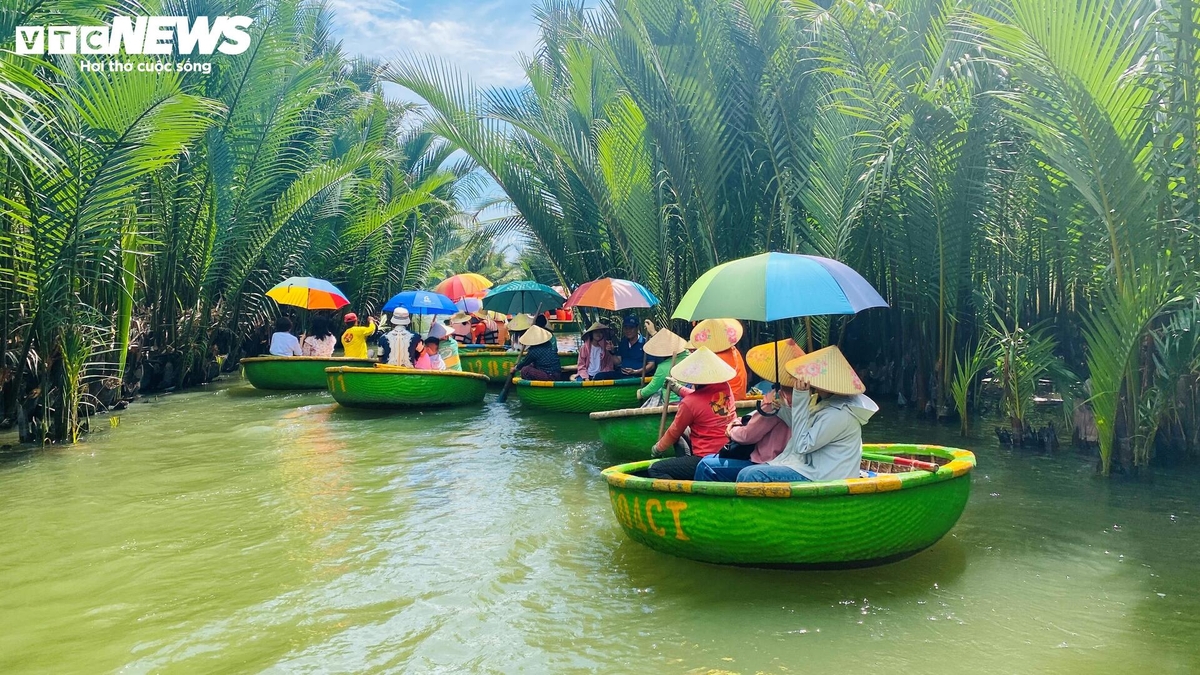

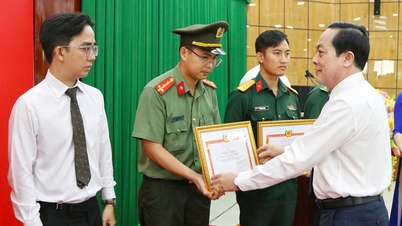

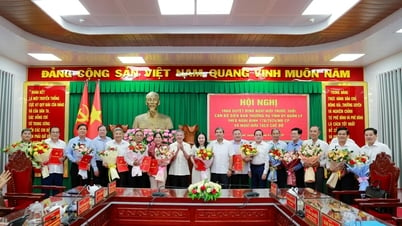




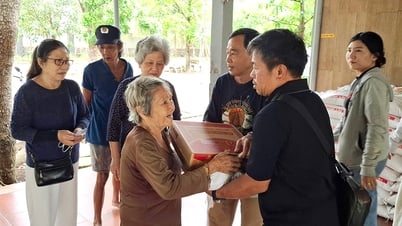




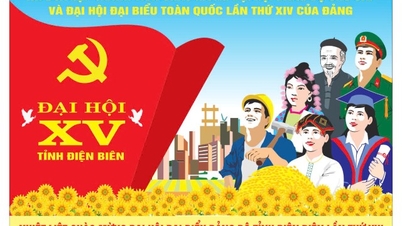



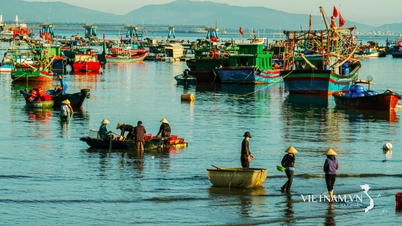

![[Photo] General Secretary To Lam presents the First Class Labor Medal to the Vietnam National Energy and Industry Group](https://vphoto.vietnam.vn/thumb/1200x675/vietnam/resource/IMAGE/2025/9/21/0ad2d50e1c274a55a3736500c5f262e5)

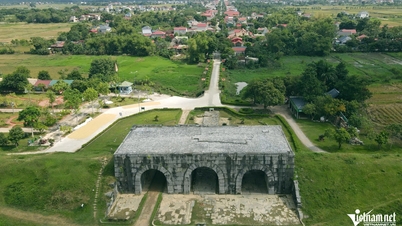





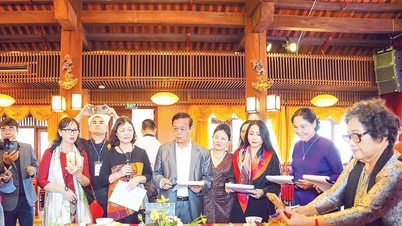



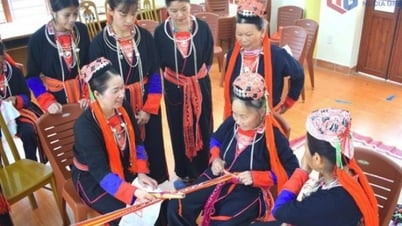

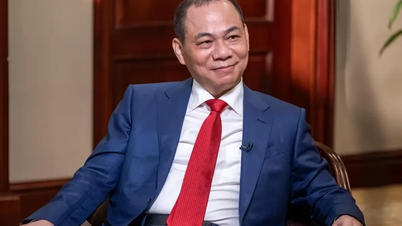


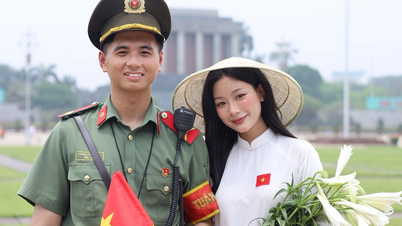

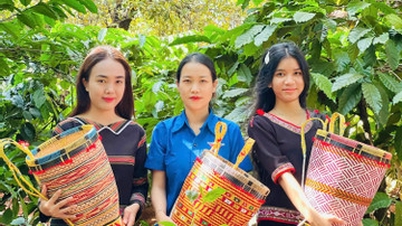
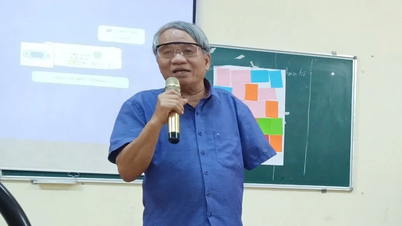









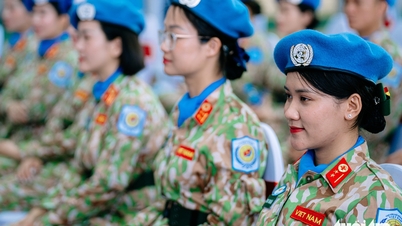









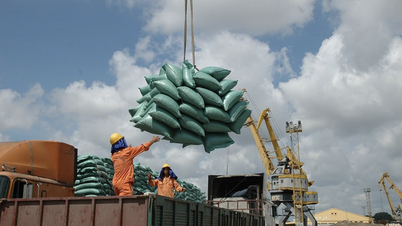






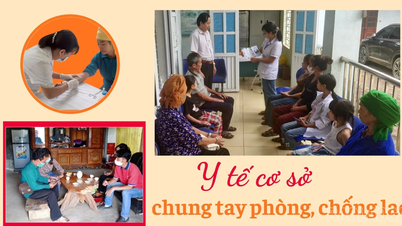
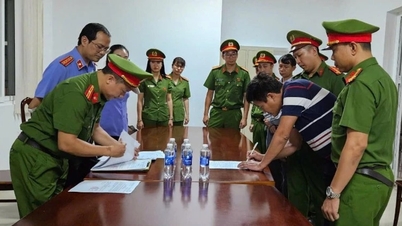

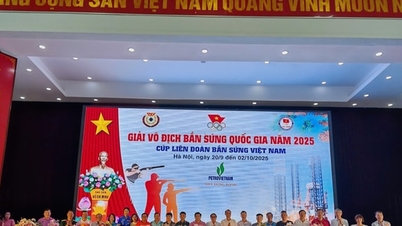



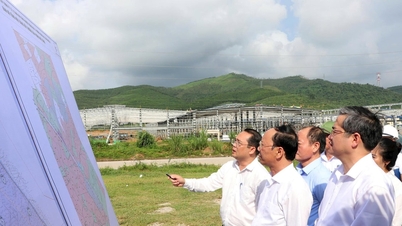

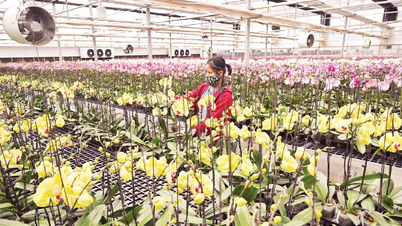












Comment (0)